The 5-Minute Workout Trainers Say Builds Total-Body Strength
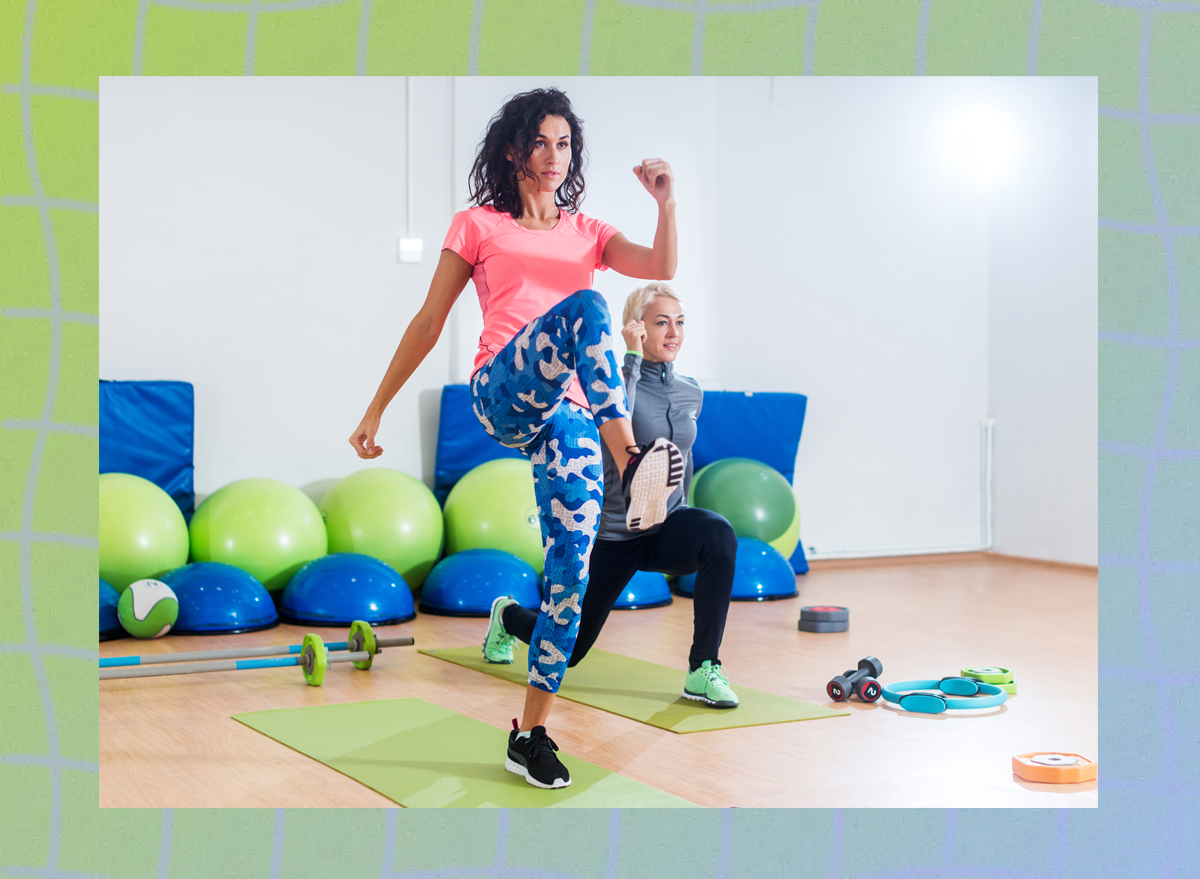
If your schedule is packed and your energy is low, five minutes might feel like a warm-up, not a full workout. But with the right moves and a focused mindset, five minutes can be all it takes to ignite your muscles, sharpen your mental edge, and build real strength from head to toe. The key is intensity, efficiency, and smart movement selection.
When time is short, the goal isn’t just to move, it’s to move with purpose. You want compound bodyweight exercises that challenge multiple muscle groups at once while keeping your core engaged and your heart rate elevated. This five-minute plan checks all those boxes, delivering a quick hit of strength that wakes up your whole system and leaves you feeling stronger, not drained.
Whether you use it as a standalone workout or a daily primer to build consistency, this routine targets everything: legs, glutes, core, back, shoulders, and arms. No equipment, no excuses, just five minutes of focused effort that pays off in functional, total-body strength.
Minute 1: Squat to Calf Raise
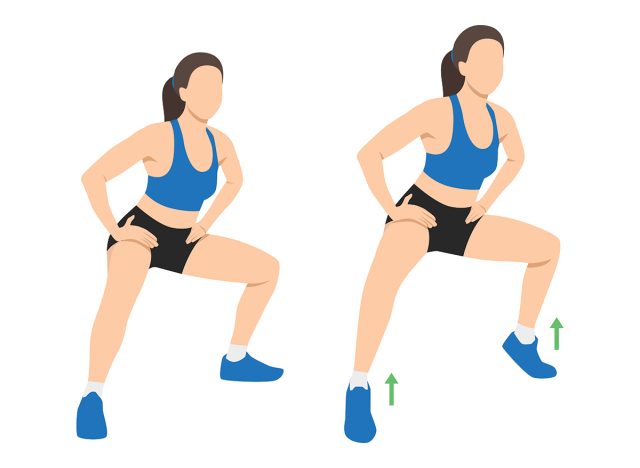
Start by firing up your lower body and building strength through your legs and ankles. The squat develops your quads, hamstrings, and glutes, while the calf raise adds an often-overlooked component: ankle stability and balance. The squat to calf raise builds a foundation of strength for everything from running to lifting to climbing stairs.
How to do it:
- Stand with feet hip-width apart and arms extended forward
- Lower into a squat, keeping your chest tall and knees tracking over your toes.
- As you rise to stand, push through your heels and lift up onto your toes.
- Pause at the top, then lower back into the next squat. Repeat for the full minute.
Minute 2: Reverse Lunge to Knee Drive (Right Side)
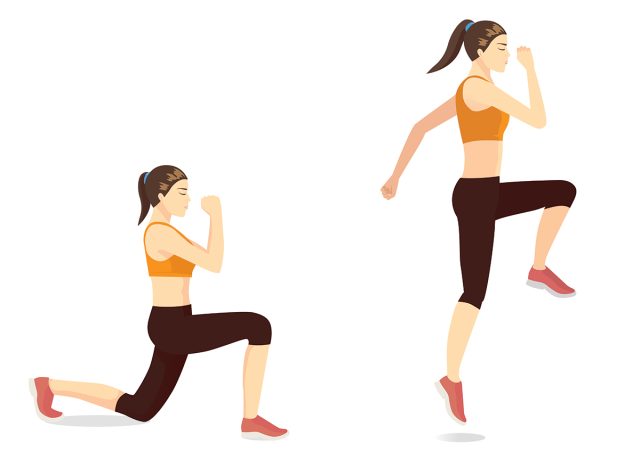
The reverse lunge into knee drive builds unilateral leg strength and glute power while adding a dynamic core challenge with the knee drive. Training one side at a time improves balance, stability, and coordination. The reverse lunge and knee drive also mimics real-life movement patterns that demand control and power.
How to do it:
- Step your right leg back into a reverse lunge, lowering your back knee toward the ground.
- Push off your front foot and drive your right knee up toward your chest as you rise.
- Return to the reverse lunge and repeat.
- Continue on the same side for the full minute, moving with control.
Minute 3: Reverse Lunge to Knee Drive (Left Side)
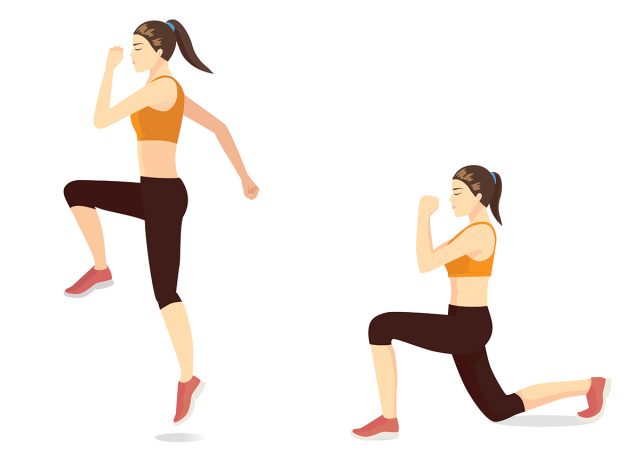
Now switch sides and keep the momentum going. By isolating each leg, you ensure balanced strength and reduce the risk of compensation or muscle imbalances. It’s also a great way to sneak in cardio while strengthening your hips, glutes, and core.
How to do it:
- Step your left leg back into a reverse lunge, keeping your front knee stable.
- Drive your left knee forward and up as you rise, using your core for control.
- Reset into the lunge position and repeat.
- Focus on quality movement, keeping your chest lifted and breath steady.
Minute 4: Forearm Plank to Reach
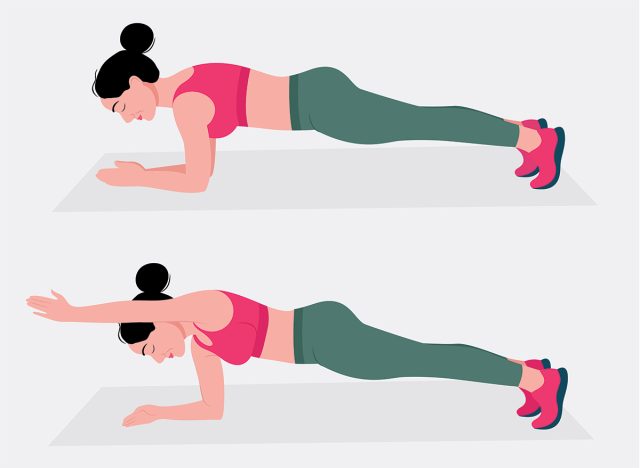
Now it’s time to shift the focus to upper-body and core strength. Adding the reach to your standard forearm plank challenges shoulder stability, glute engagement, and anti-rotation strength. Every reach forces your body to fight to stay stable, which lights up your core like nothing else.
How to do it:
- Begin in a forearm plank with elbows under shoulders and feet hip-width apart.
- Reach your right arm straight forward without letting your hips shift.
- Return it to the floor and repeat with your left arm.
- Alternate sides for the full minute, keeping your glutes and abs engaged.
Minute 5: Power Skaters
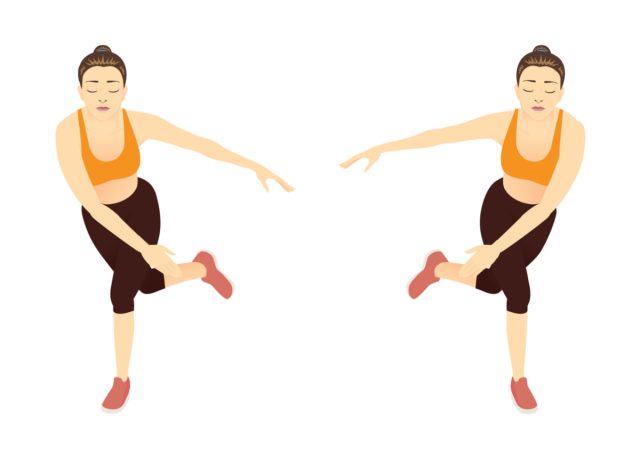
Finish with a powerful, athletic movement that ties everything together. Power skaters develop explosive lateral strength through your glutes, hips, and outer thighs, while also firing up your cardiovascular system. The power skater improves agility, coordination, and muscular endurance all in one final push.
How to do it:
- Start standing, then jump laterally to your right, landing softly on your right foot.
- Swing your left foot behind you without letting it touch the floor.
- Immediately jump to the left, landing on your left foot and balancing.
- Continue side to side at a pace that feels challenging but controlled.